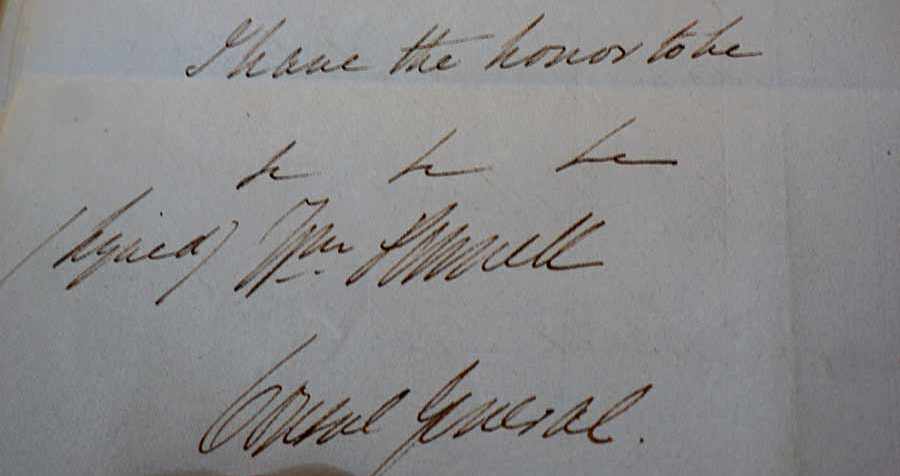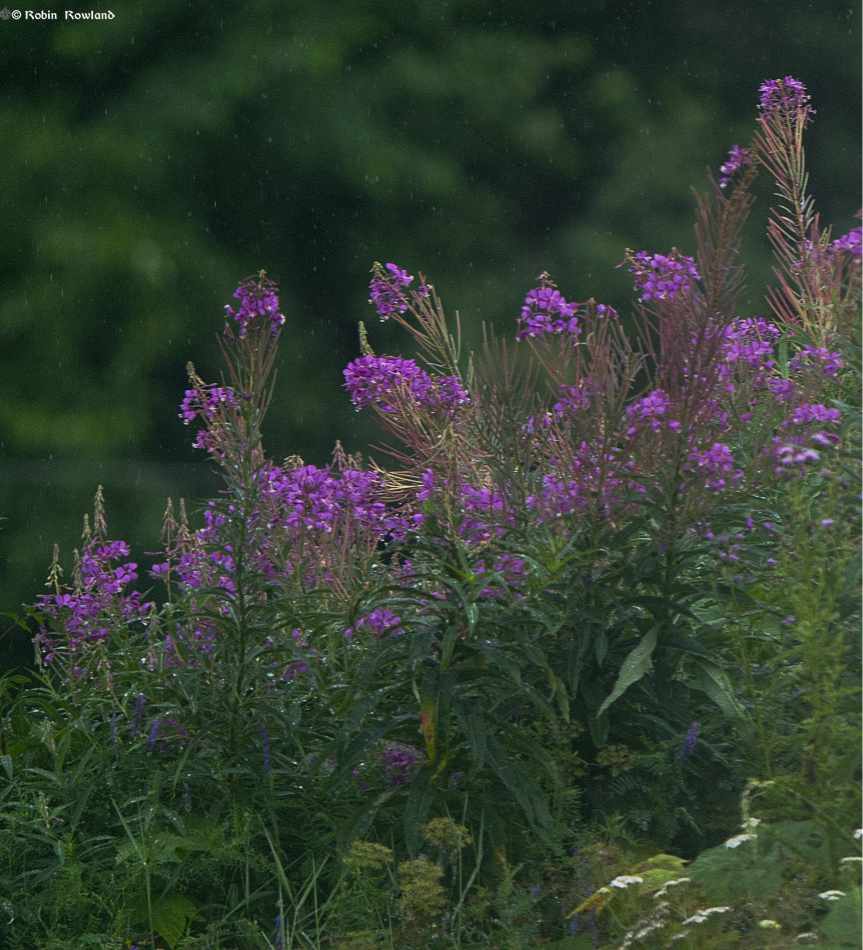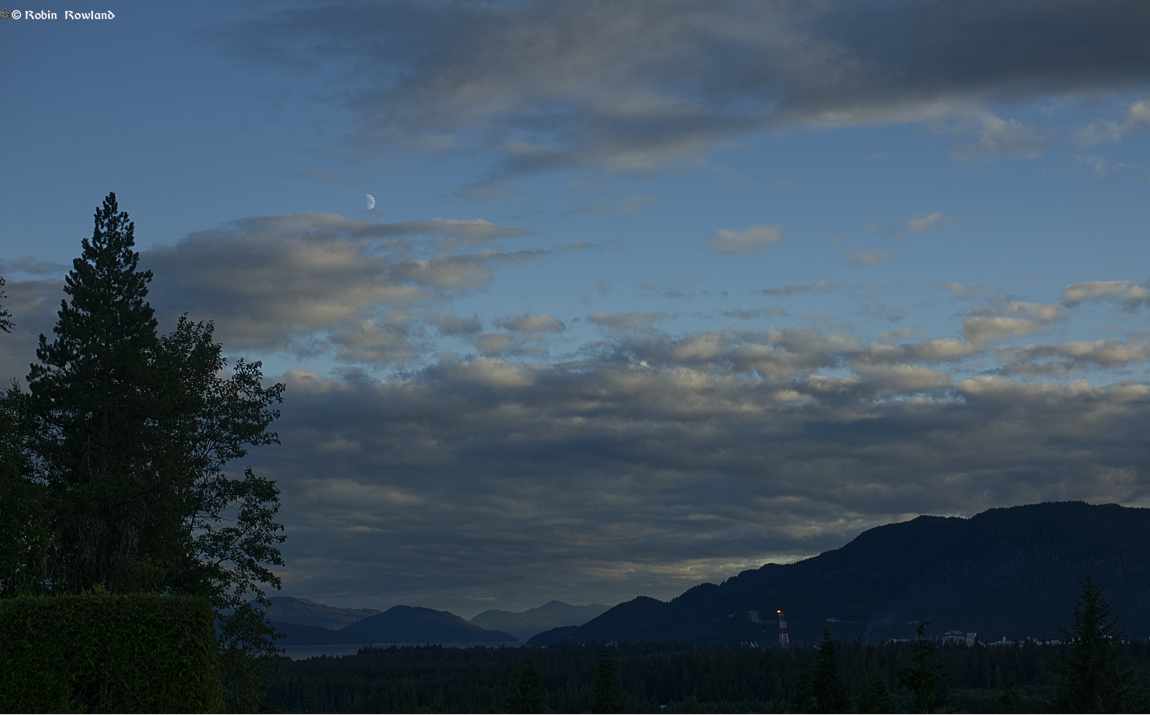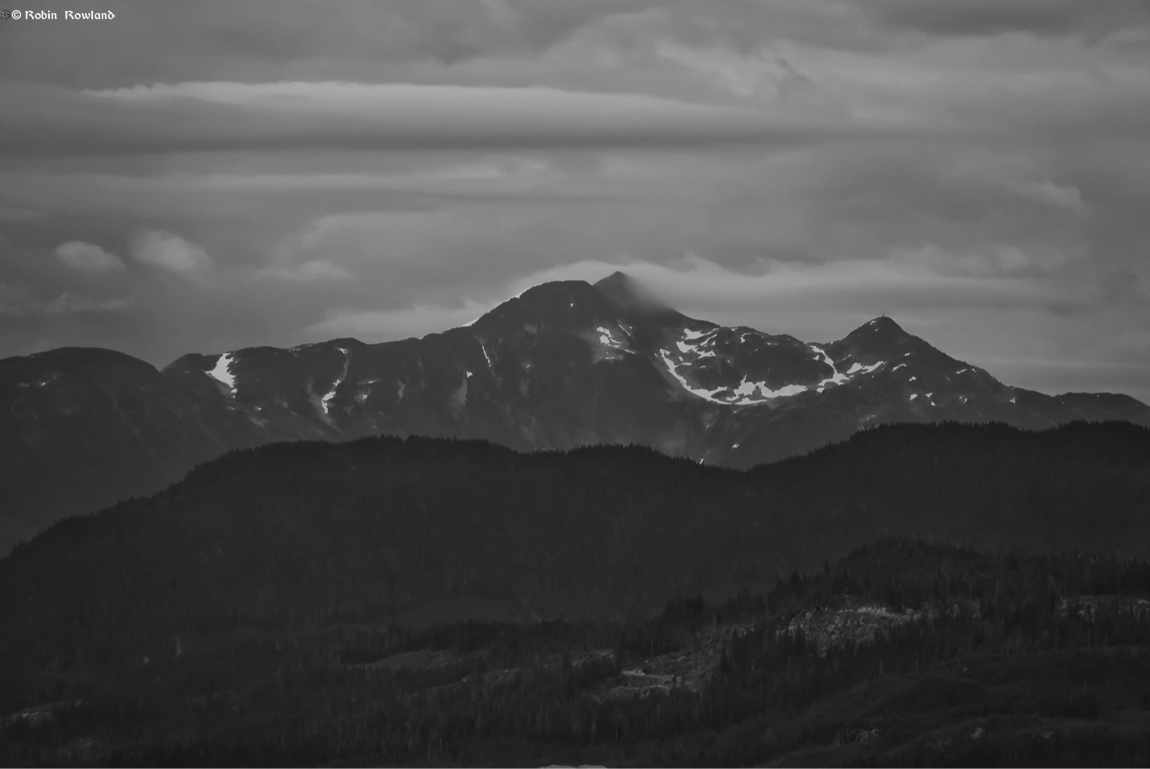Finding my roots in Topsham, Devon
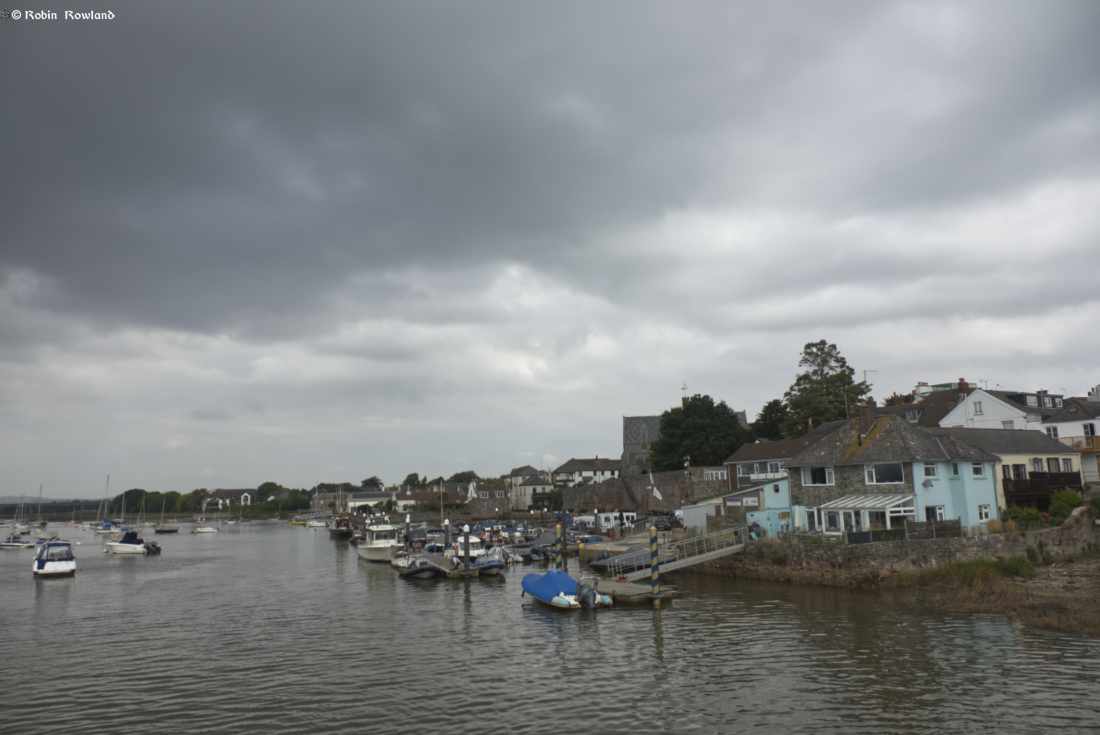
In August 2022, I finally (after Covid travel delays) was able to explore my ancestral home of Topsham, in Devon. (These images were taken over several days, back posted to August 30, 2022 to keep the blog in chronological order),
For two centuries, sailors from the Pennell family on my father’s side lived, worked and sailed from Topsham. The Pennells were sea captains and sailors. The main business was the salt cod trade between Britain, Ireland and Trepassey, Newfoundland. Seven Pennells including my fifth great grandfather, Lovell Pennell, were privateers. Others sailed for the Royal Navy and the East India Company.

For those who aren’t familiar with Topsham, the town is on the River Exe, south of the city of Exeter. For two thousand years, Topsham was the main seaport for Exeter. The town began as a Roman naval and trading base. The Exe (shown in a later blog entry) reaches the sea at Exmouth. Just to the east of Exmouth, you see a spit of land beside Sandy Bay where in a later blog you will see the photographs of the coromorant colony there. There is also a nature reserve on the Exe esturay, at Bowling Green Marsh, which I also photoblogged.
My fourth great grandfather, William Pennell, (1788-1875) began in the cod trade as a young man, but as the business floundered in the Napoleonic Wars, he eventually joined the Foreign Office, as British Consul, first in Bordeaux, France and later in Bahia, Brazil. In both posts he was what today would be called a spy under diplomatic cover. I am currently working on a couple of books on William Pennell’s intelligence operations.
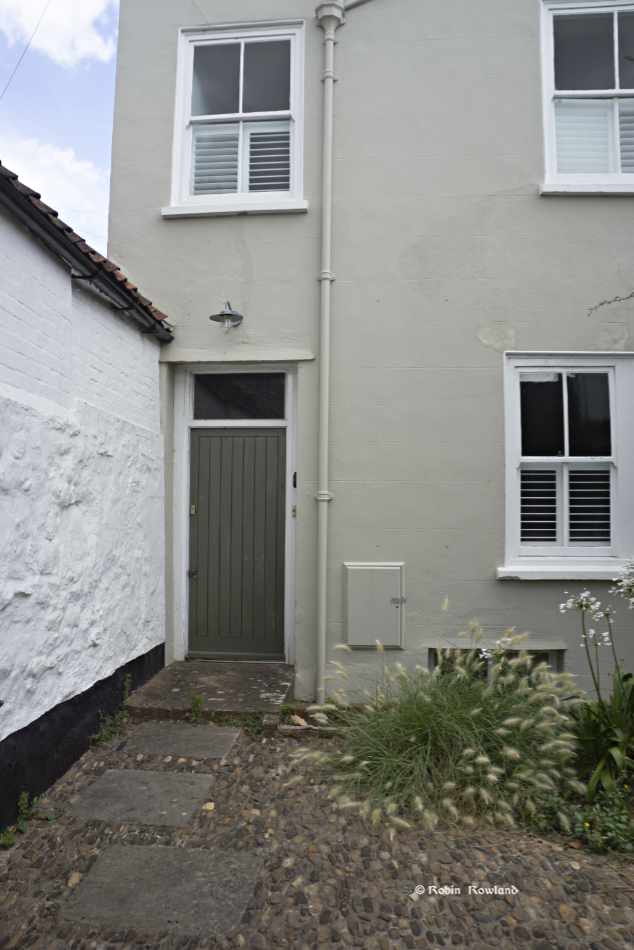
According to my guide from the Topsham Museum, my fifth great grandfather, Lovell Pennell (1719-1788) lived in this house (which, of course has been modernized). Lovell Pennell was one of my privateer ancestors, captain of three different ships. In one ship he fought a battle with a Spanish galleon of Cape St. Vincent in 1745.

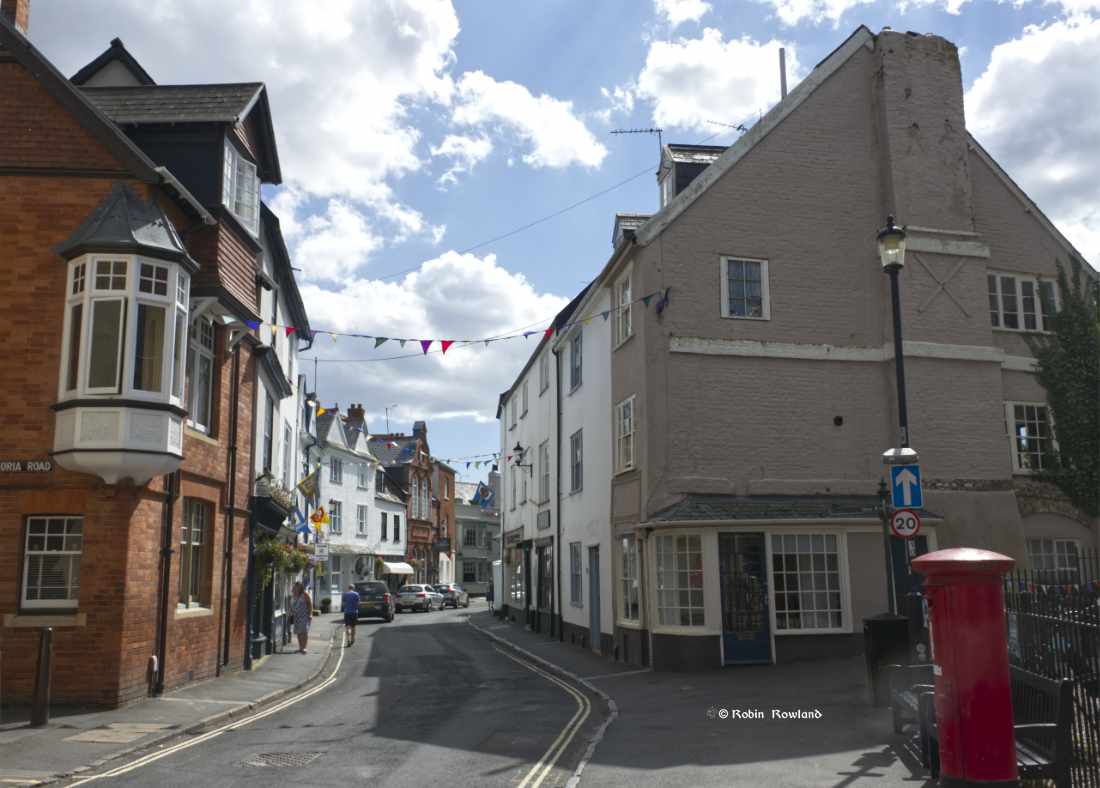
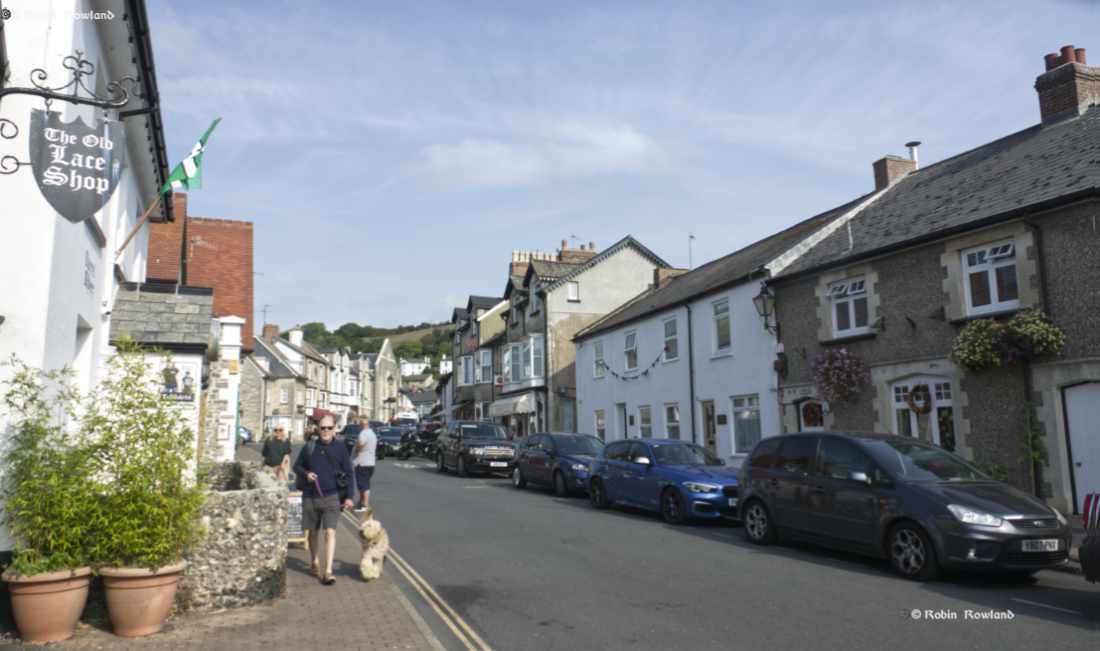
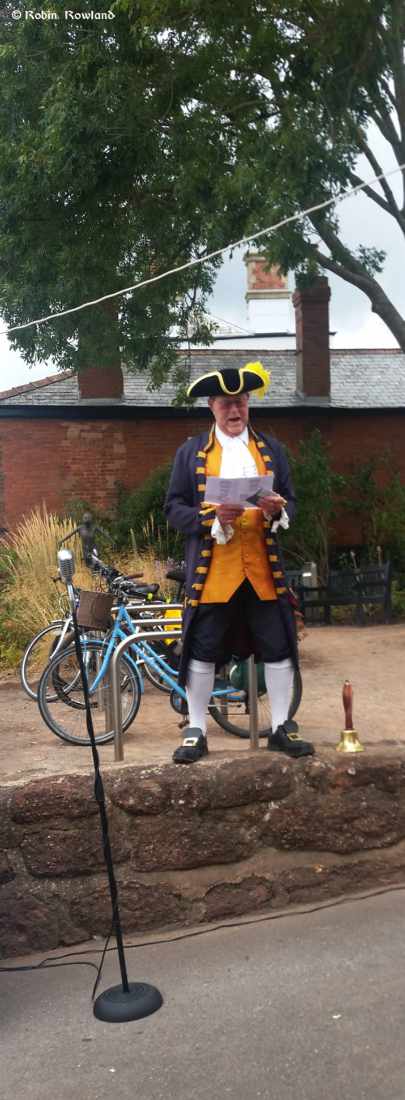
I was returning to my B&B on the Saturday morning, when I came upon the Topsham Town Crier. He announced various community events–and always added an email which I found to be a chuckle since the crier was in an eighteenth century costume.
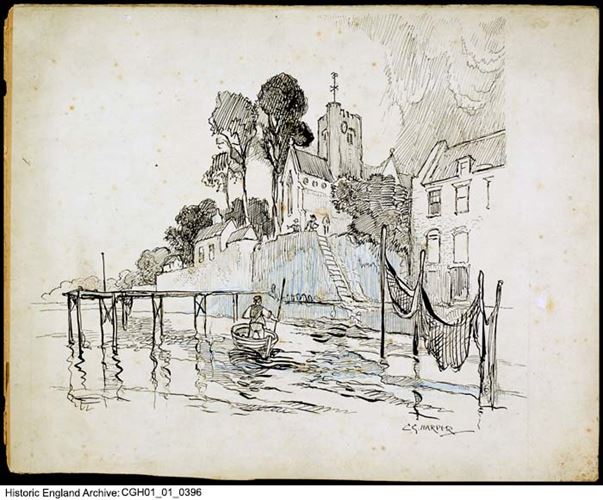
St. Margaret’s Church in Topsham, a Grade II listed historic site, was where some of my ancestors worshipped and some are said to be buried. (Others were what the British called “non conformist” they belonged to non Anglican demoninations)
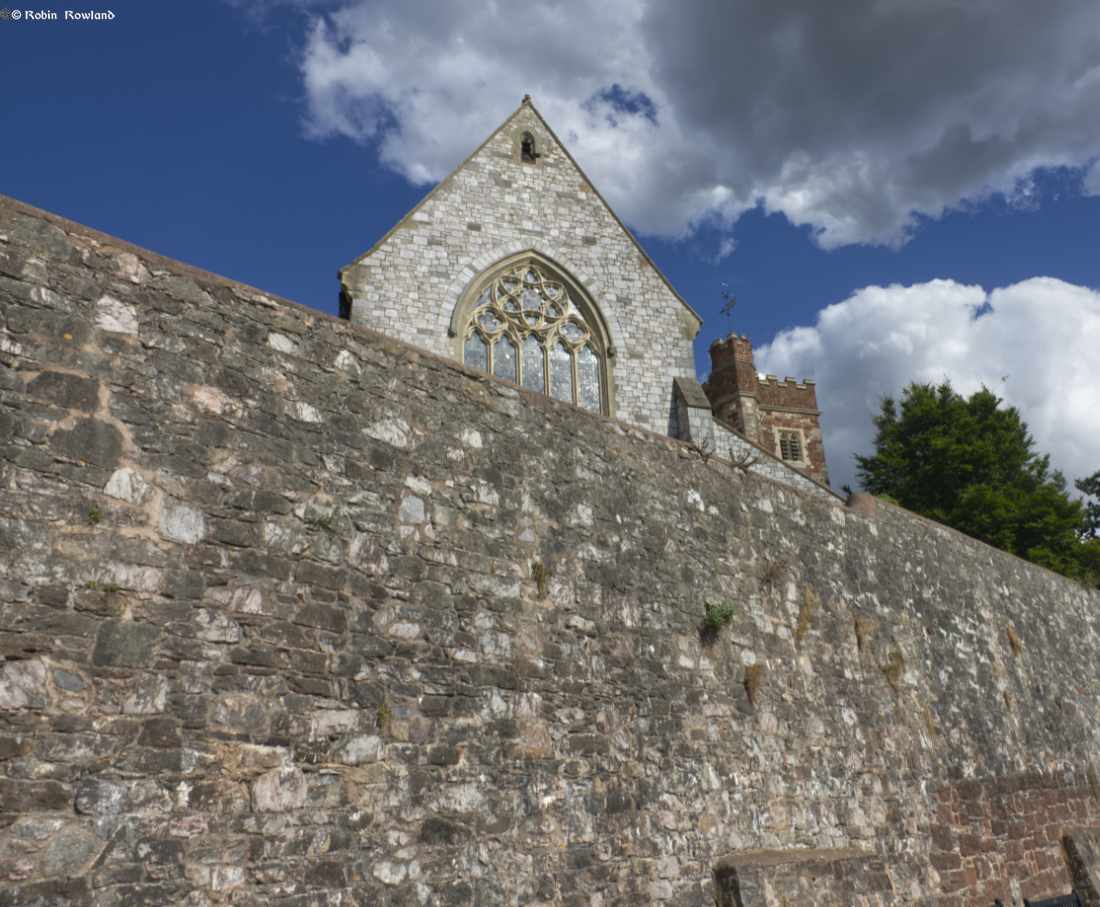
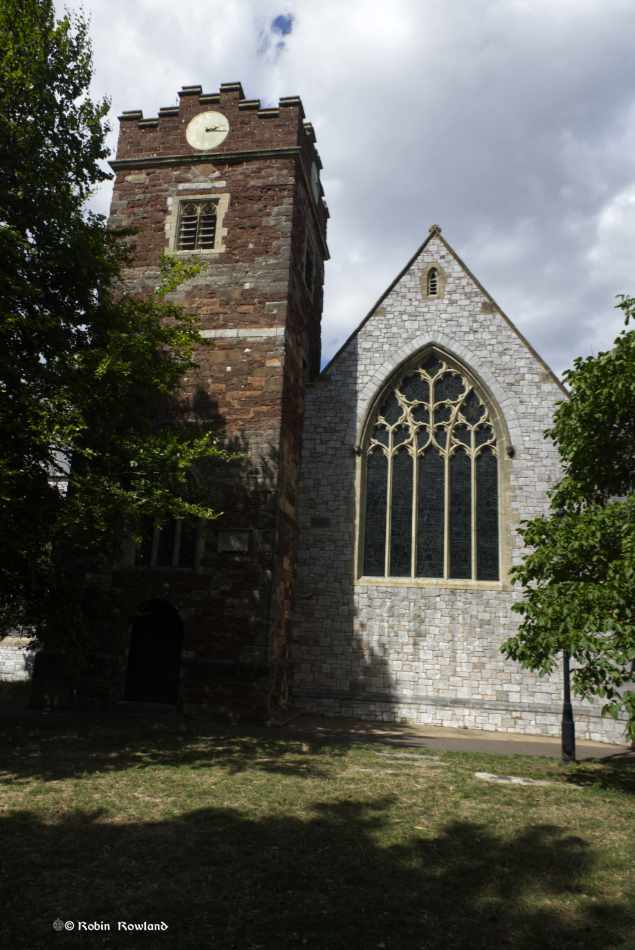
The original church dates back to about 1300 CE. It has been rebuilt and renovated several times over the centuries with a major renovation in the Gothic Revival style 1874-1876.

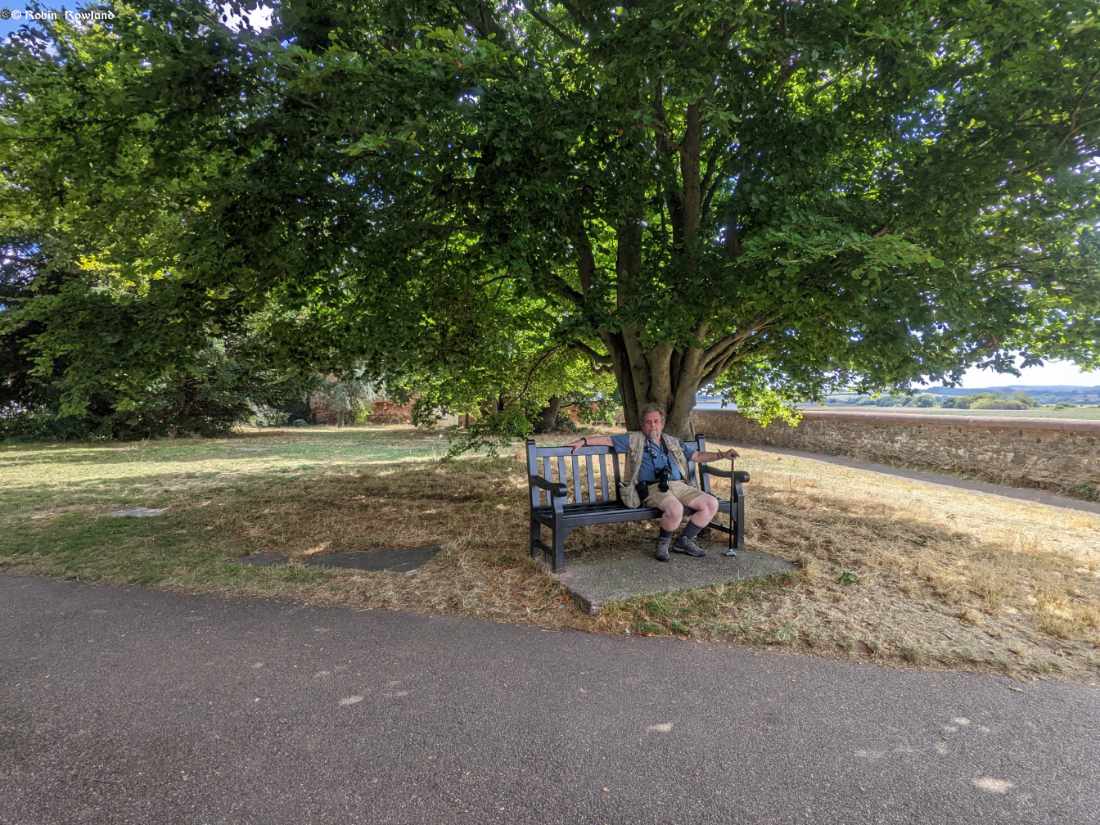
A couple of the now thousands of descendants of the Pennell families have posted on Ancestry that there are members of the family buried in the courtyard. Unfortunately, almost all the headstones are so eroded that it is impossible to read any inscriptions.
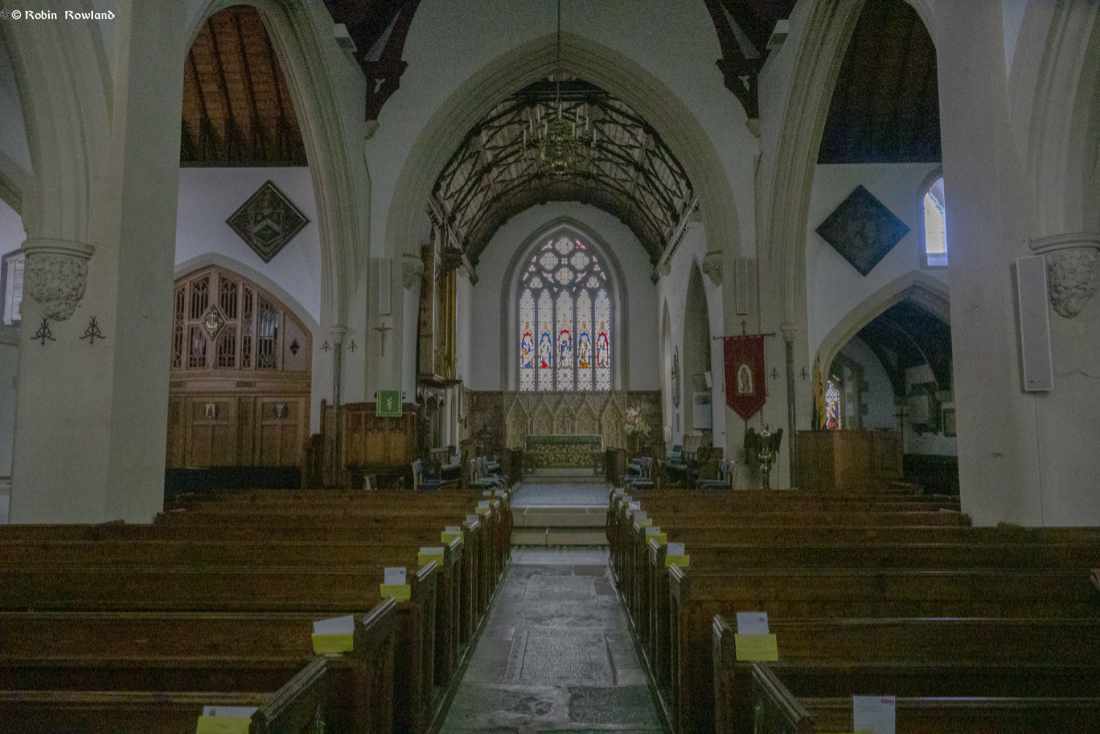
One of the precious objects in the church is this lecturn. One of the donors was my fifth great uncle (great great great great great uncle) Richard Pennell, (1753-1797) who was captain of the East India Company ship Hawke, which sailed to China, Madras and Bengal.
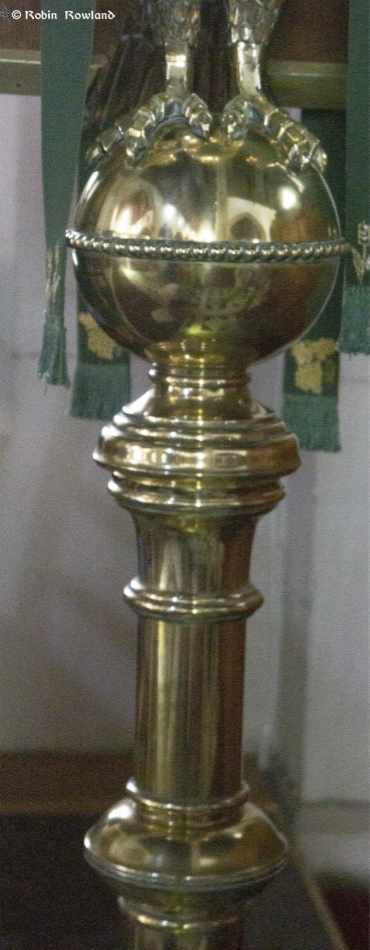

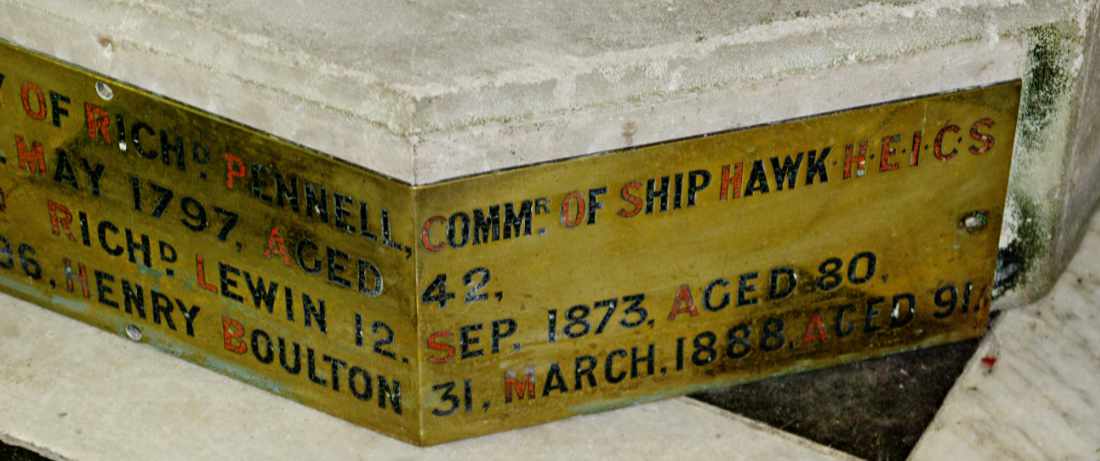
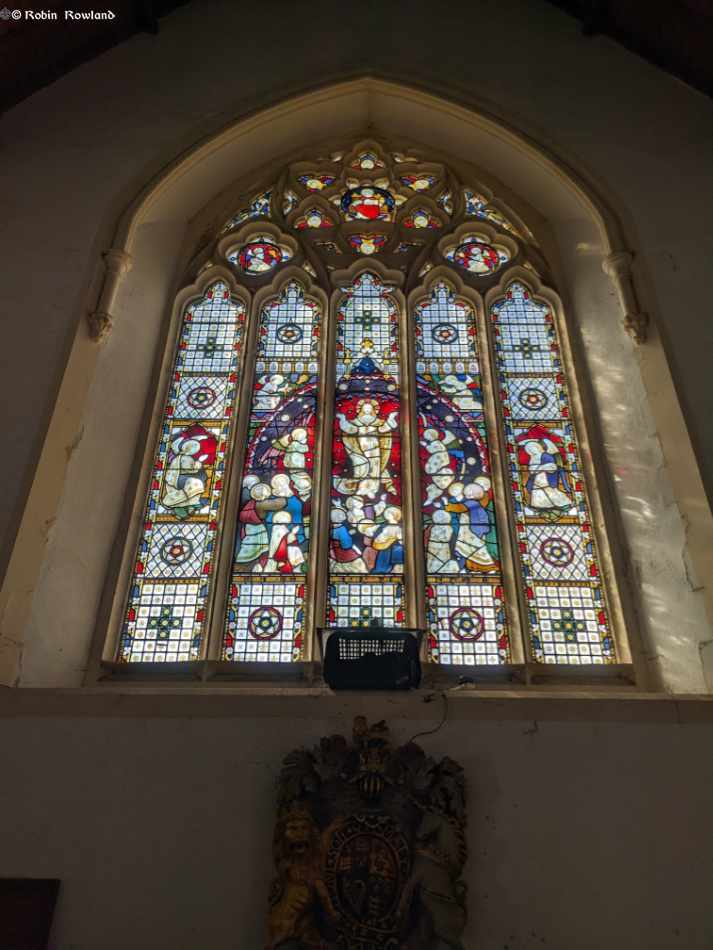


One of the highlights of St. Margaret’s Church is the memorial to Sir John Duckworth, (1748-1817) who served in the Royal Navy from the Seven Years War to the Napoleonic Wars and then became the Governor of Newfoundland. He settled in Topsham when he was commander-in-chief at Plymouth and in 1815 was the last British officer to speak to Napeoleon before he departed for exile in St. Helena.
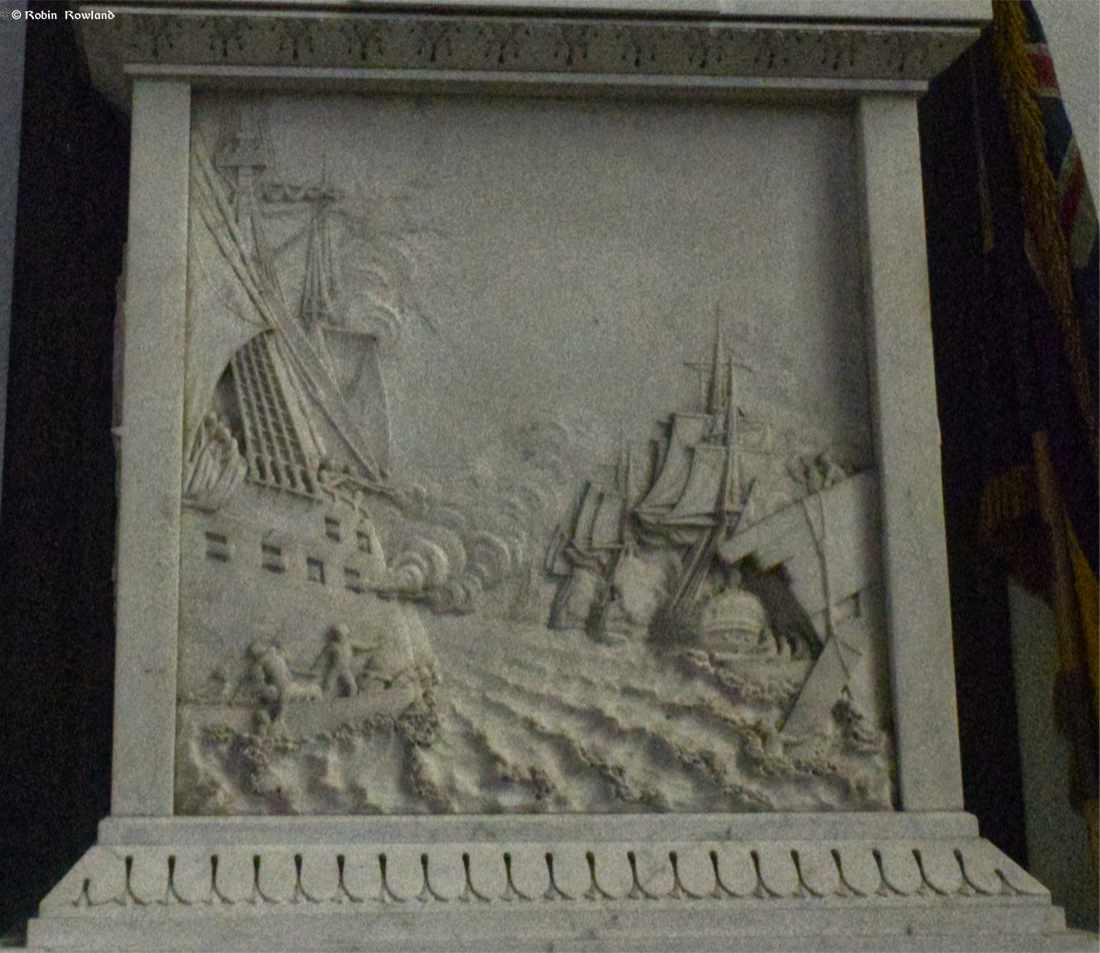
In the Dardanelles Operation of February 1807, a fleet under Duckworth’s command attempted to attack Turkish coastal defences, an operation that ended in failure. (which should have been a lesson for the same attempt during the First World War)
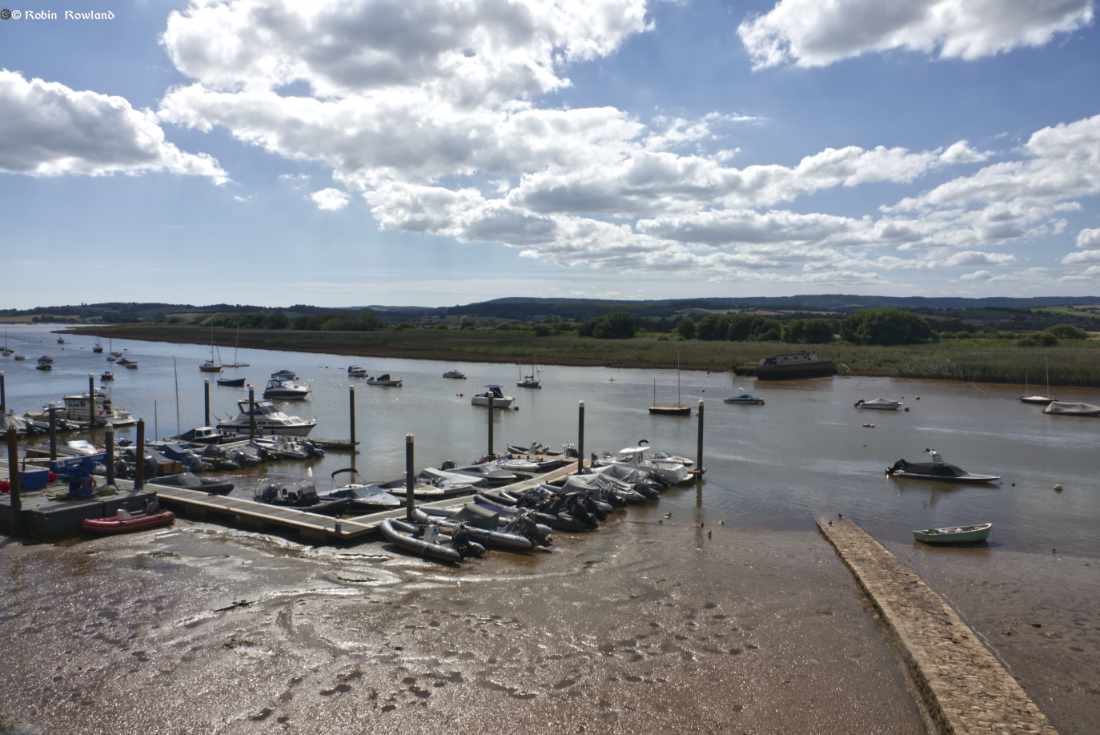
The Topsham waterfront today is home to mainly personal pleasure craft. According to the Topsham Museum during the seventeenth, eighteenth and early nineteenth centuries the waterfront was a busy industrial area, including ship building, warehouses and wharves for sea going vessels.
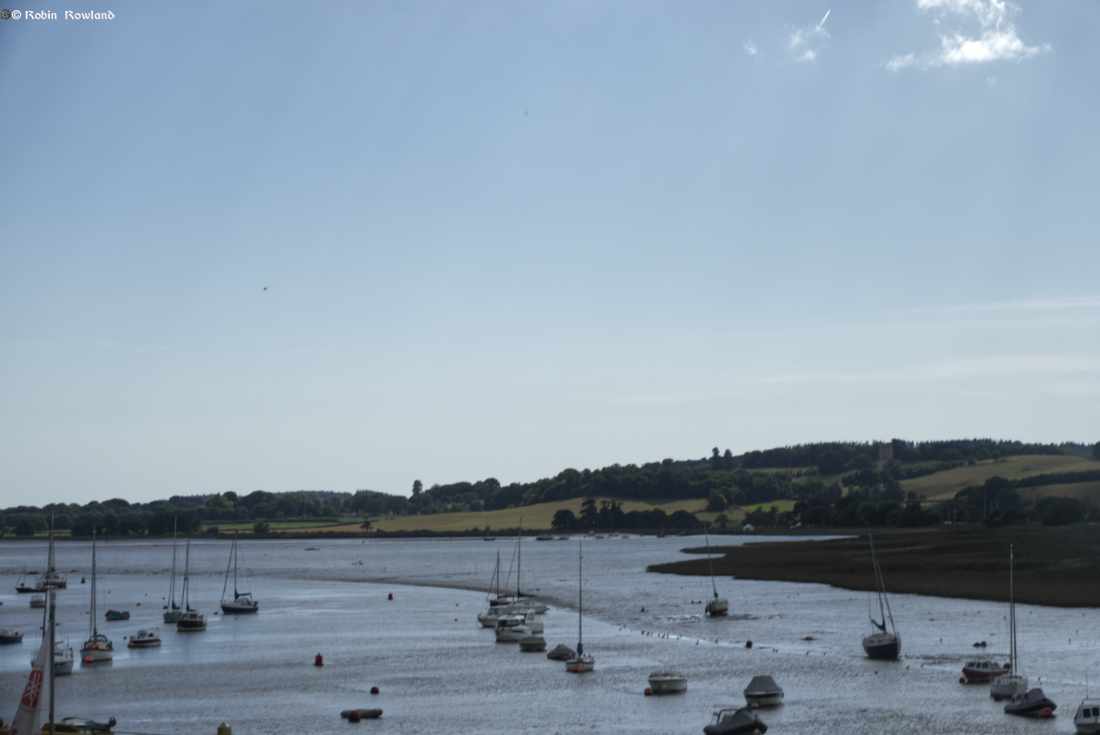
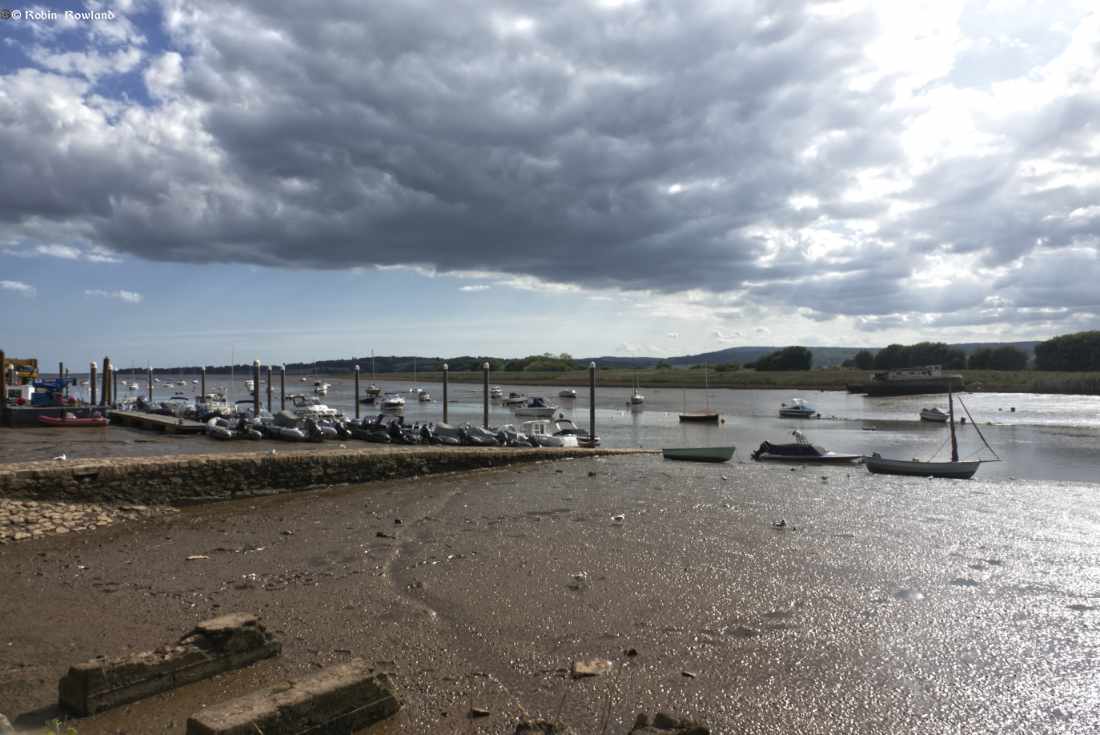

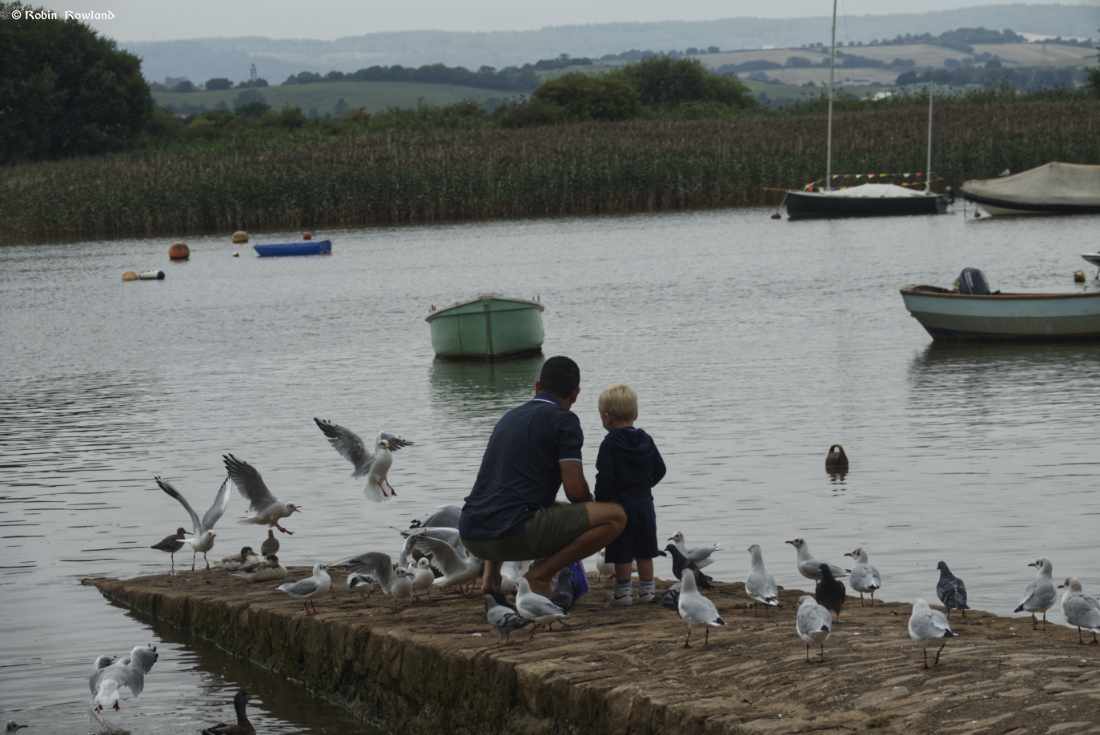
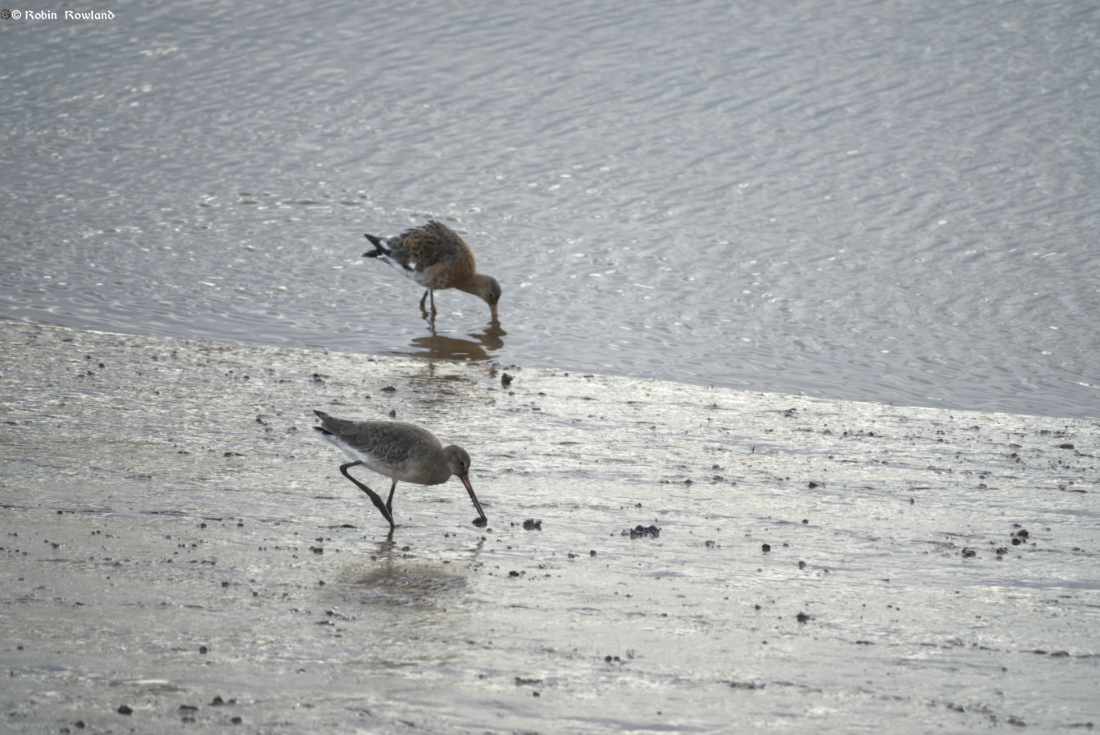
I stayed at the Sunhill Gardens Lodge AirBnB. The lodge, almost like a North American cabin, is found among trees, including an apple tree, and nature. You wouldn’t know that you were in a busy town.
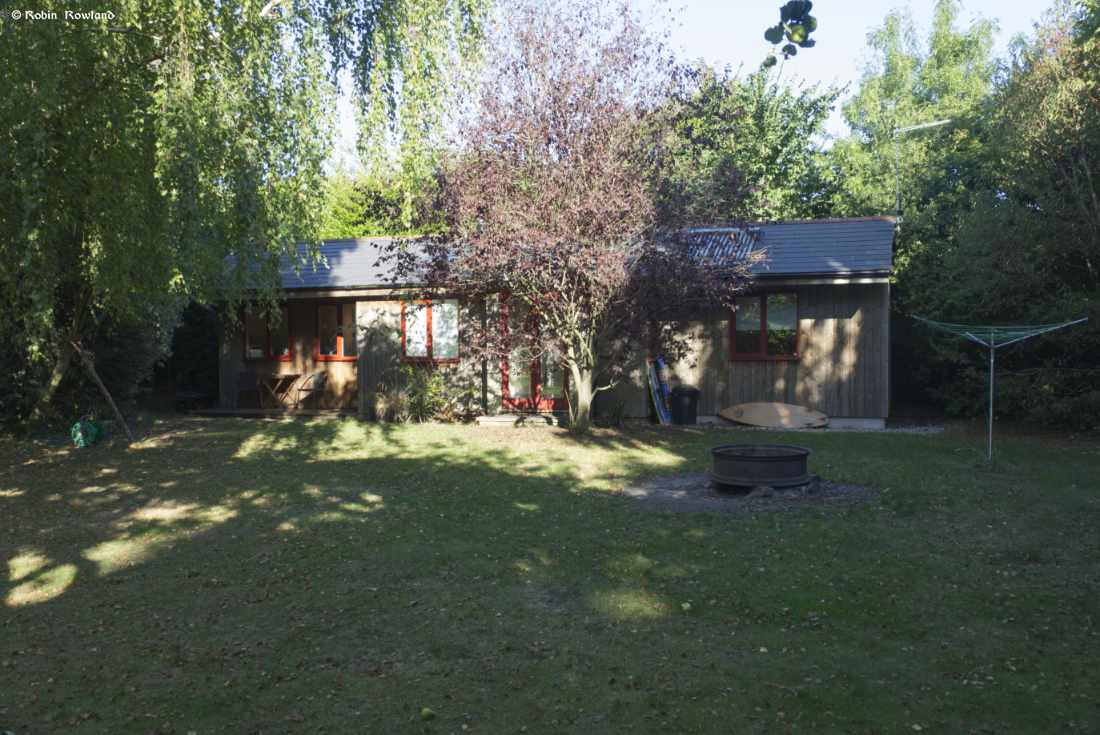
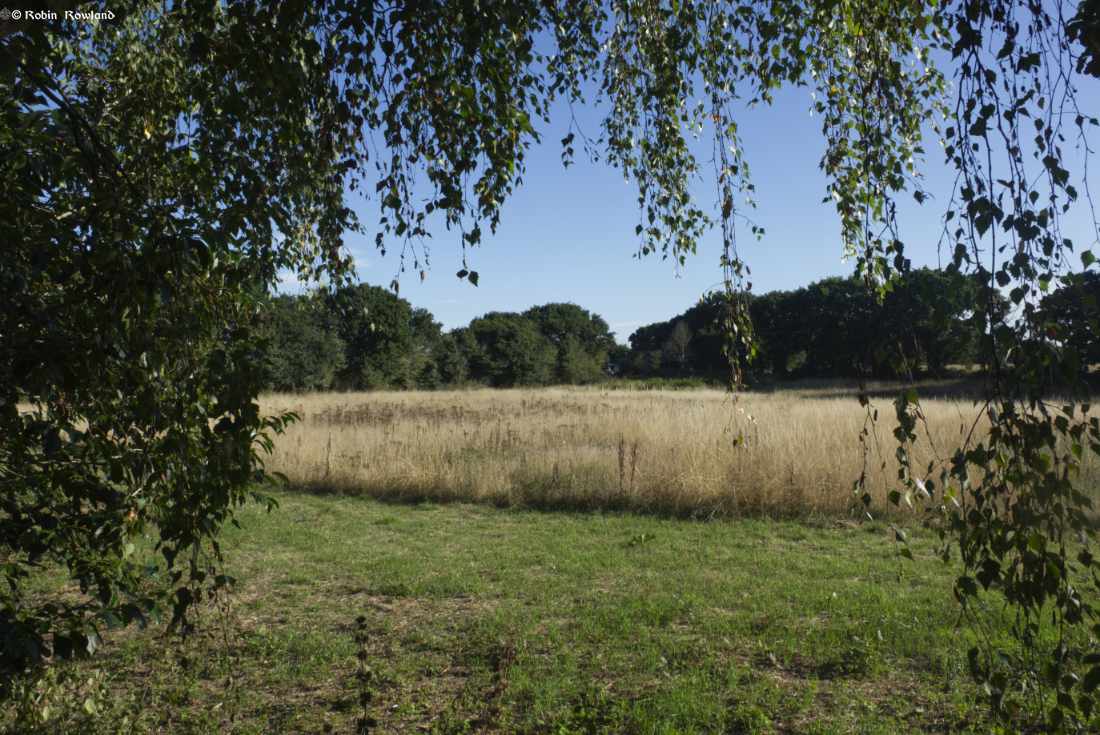
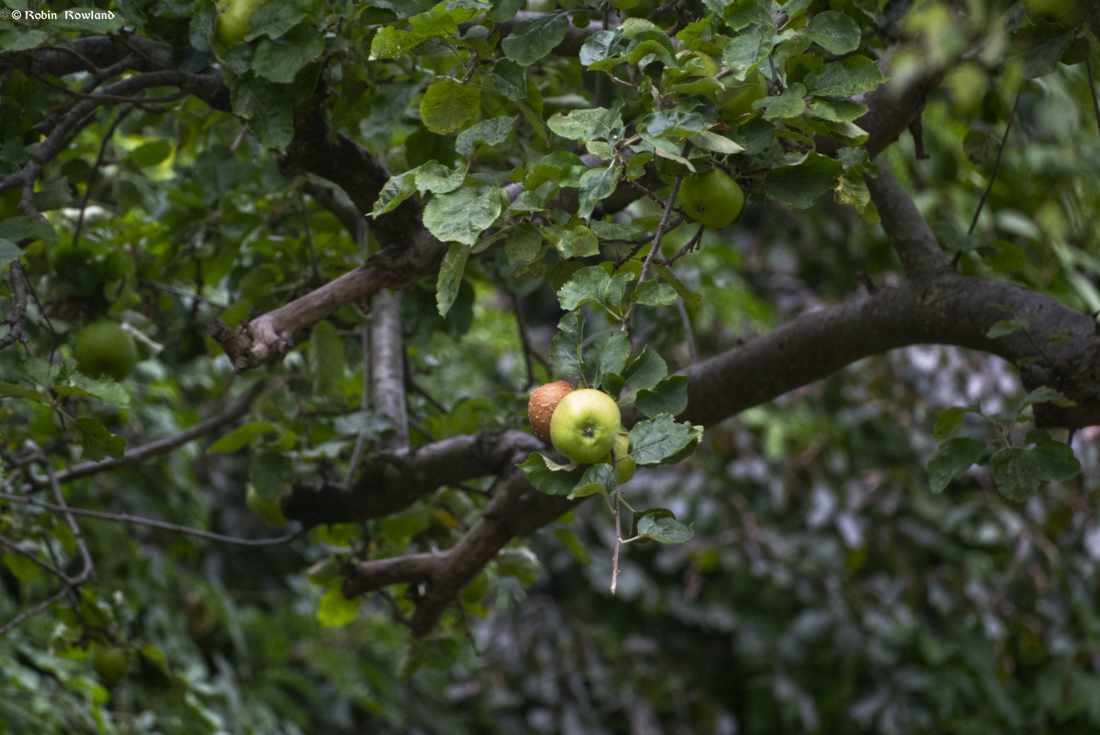
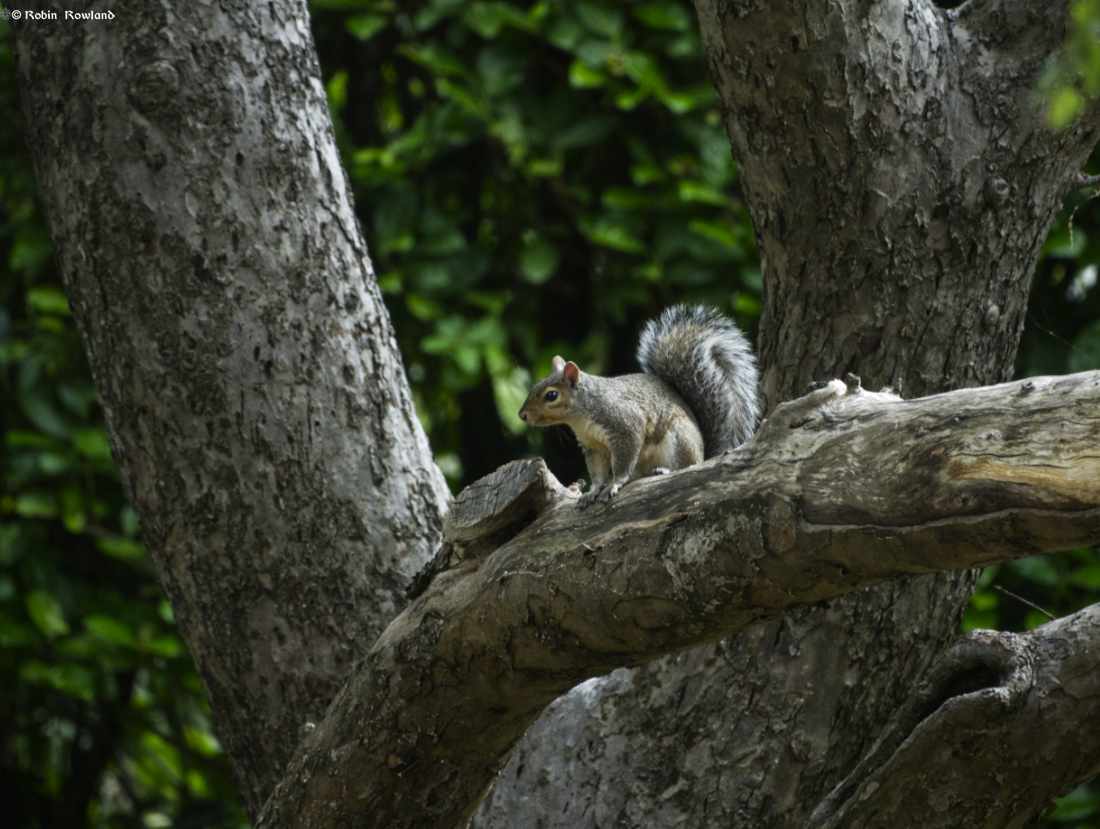
The grey squirrel is considered an invasive species in the United Kingdom and a threat to the native red squirrel. A recent DNA study, however, casts doubt on the idea that the grey squirrel has become a “super squirrel.” But the grey squirrel in some habitats remain a threat to the red squirrel.
